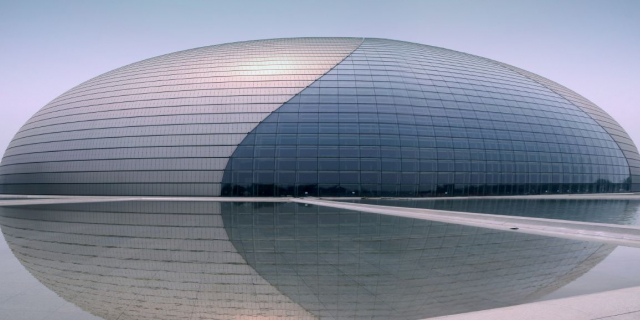The Beijing Guozijian (traditional Chinese: 北京國子監; simplified Chinese: 北京国子监; pinyin: Běijīng Guózǐjiān; Wade–Giles: Pei-ching Kuo-tzu-chien), located on Guozijian Street in Beijing, China, was China's national university during the Yuan, Ming and Qing dynasties, and the last Guozijian of China. Most of the Beijing Guozijian's buildings were built during the Ming Dynasty and it remains an important heritage site in China. During the Hundred Days' Reform of the Qing Dynasty, the education and administration of education functions of Guozijian was mainly replaced by the Imperial University of Peking (Jingshi Daxuetang), later known as Peking University. The Guozijian was shut down in 1905.
The Guozijian, often translated into English as the Imperial Academy or Imperial College, was the national central instit...Read more
The Beijing Guozijian (traditional Chinese: 北京國子監; simplified Chinese: 北京国子监; pinyin: Běijīng Guózǐjiān; Wade–Giles: Pei-ching Kuo-tzu-chien), located on Guozijian Street in Beijing, China, was China's national university during the Yuan, Ming and Qing dynasties, and the last Guozijian of China. Most of the Beijing Guozijian's buildings were built during the Ming Dynasty and it remains an important heritage site in China. During the Hundred Days' Reform of the Qing Dynasty, the education and administration of education functions of Guozijian was mainly replaced by the Imperial University of Peking (Jingshi Daxuetang), later known as Peking University. The Guozijian was shut down in 1905.
The Guozijian, often translated into English as the Imperial Academy or Imperial College, was the national central institute of learning in ancient Chinese dynasties. It was the highest institute of learning in China's traditional educational system. Emperors in imperial China would also frequently visit the Guozijian to read Confucian classics to thousands of students.
The Guozijian was first built in 1306 during the 24th year of Zhiyuan Reign of the Yuan Dynasty, and was reconstructed and renovated on a large scale during Yongle and Zhengtong reigns of the Ming Dynasty.[1]
The administrative officials of Guozijian were called Chief (祭酒, Jìjiǔ), Dean of Studies (司業, Sīyè), or Proctor (監丞, Jiānchéng).[1] The students who studied at the Guozijian were called "Jiansheng" (監生, Jiànshēng), and they mainly studied the Confucian classics.[1]


































Add new comment